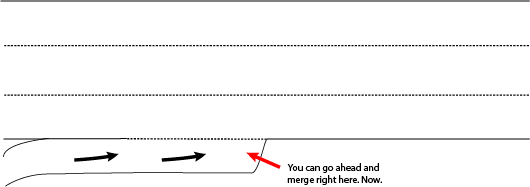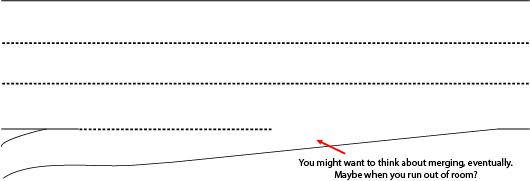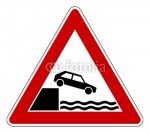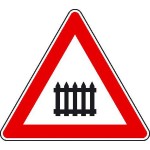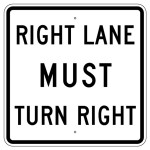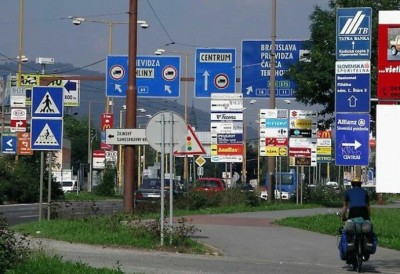Germany has a rule-based culture, and a fair chunk of life is spent figuring out how to get around the rules while still obeying them. Spirit vs letter of the law. In the US, we prize the Spirit of the Law. In Germany, it is the Letter of the Law. Once I figured this out, my life in Germany got to be fantastically easy. Just figure out how to get around the rule while creatively applying it, and you are fine. VW’s emissions control defeat programming would put the cars in compliance with the Letter of the Law, which specifies the testing conditions, while violating the Spirit of the Law, which says “don’t pollute”.
I am totally guilty of this, and I think the statute of limitations is up by now.
My wonderful MkIII Golf GT TDI (up top there) was not really in compliance with anything. It was low. It was leaky. Very leaky. And it sort of stopped. However, it was only a few hours of work away from passing the TÜV. Just like every other modified car in Germany – I had a procedure to get my car ready.
This is what it took:
- Porous head gasket. Several cans (ok, close to a case) of engine cleaner, a lot of rags, and two toilet brushes. Over the course of several hours, I removed enough oil and coolant residue to power a small nation. I also ran the coolant mixture down to about 10% glycol. Arrive at testing station just in time so car is hot.
- Badly worn summer tyres. Swap on winter wheels with good snows. Same thing if I was running too-large wheels, but I wasn’t.
- Lame brake pads. While I was in there swapping wheels, pull off all of the calipers and rough up pads and rotors.
- Barely clearing the 10cm bar. Leave car up on jackstands for 24 hours and drive gently to testing station. Bring certification letters for suspension with me with setup that passes circled. I had considered removing the front valance, but this risked failing the obviousness test.
When I arrived at the testing station, the car was solidly at 11cm and my coil count matched the paperwork. Braking was acceptable. I got some dirty looks for my snow tyres because it was May. I earned a comment on how clean the engine was. I noted it and realized that I should have cleaned it a week earlier to look less obvious. And the emissions check was thankfully in spec with no weirdness.
I failed on a broken reflector lens.
When I went back two weeks later, the lens was all they could check. So my clearly leaking (it was dripping) and obviously too low Golf was cleared for driving, because I passed the test as it was written.
I feel kind of funny saying this, but the “pass the test as written” is a cultural thing. With regard to #Dieselgate, I am willing to bet all of Internal Combustion knew exactly what was up and didn’t really think it was that big of a deal, because they passed the test. Oops.

